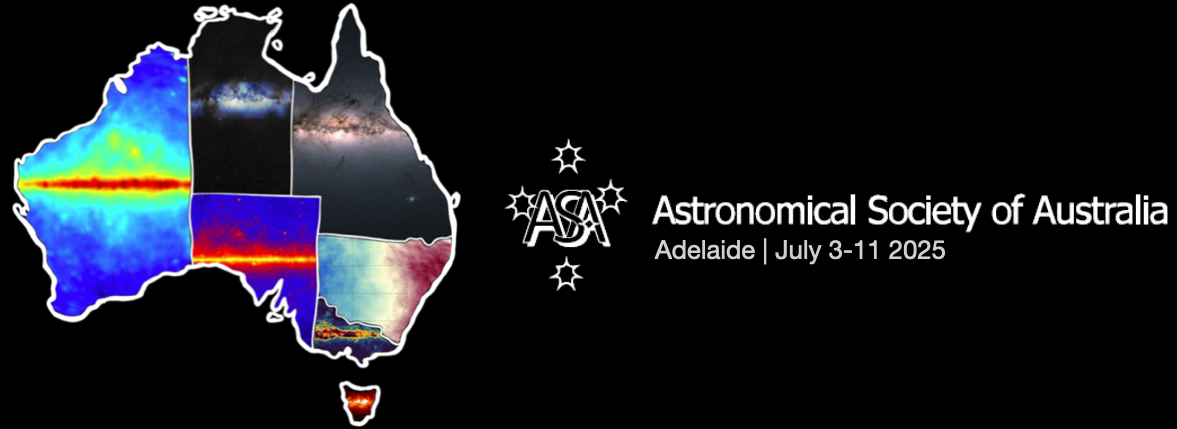Despite the essential driving role dark matter (DM) plays in galaxy evolution, it is still unclear what the DM halo of an individual galaxy looks like. In this talk I will present two approaches to studying DM haloes in terms of their total mass and density distribution.
First, we used data from the integral field spectrograph KCWI to investigate the DM halo of a faint dwarf elliptical using...
Massive quiescent galaxies (MQGs) at high redshift present an intriguing puzzle: what are their host halo masses, and how do their halo mass functions evolve from reionization (z∼6) to cosmic noon (z∼2)? Recent JWST observations have revealed a surprisingly large population of MQGs at these early epochs, challenging existing formation models. In this talk, I will address these questions using...
Type Ia supernovae (SNe Ia) are essential tools for measuring cosmic distances, yet their standardisation remains imperfect. Even after correcting for light-curve properties, residual correlations with host galaxy properties such as mass persist. Correcting for the so-called mass step is crucial for precise measurements in cosmological analysis, and its origin remains poorly understood.
In...
In this talk I will present the some of the peculiar velocity measurements from the first year of observations from the Dark Energy Spectroscopic Instrument (DESI) which will be used alongside redshift space distortion measurements to constrain the growth rate of structure. Over five years DESI is using a 5000 fibre spectrograph to map 3D positions of tens of millions of galaxies. At the same...
Hydrogen Lyman-alpha (Lyα) emission is a powerful tool for probing the high-redshift Universe. The emergent Lyα spectra provide insights into the kinematics of the circumgalactic medium (CGM) and the structure of the interstellar medium (ISM) in Lyα emitters (LAEs). Additionally, determining the timing of reionization and identifying sources capable of emitting sufficient ionizing photons...
Omega Centauri is the largest and most massive globular cluster in the Milky Way. Due to its size and complex evolution, it has long been considered a promising candidate for hosting an intermediate-mass black hole (IMBH). Recent findings from fast-moving stars in the central region of Omega Cen indicate the presence of a large amount of unseen mass at the core of this cluster. We present...
The cosmological principle — the foundational axiom that defines modern cosmology — states that the universe is homogeneous and isotropic on large scales. But this assumption, while elegant, must be tested. Recent observations — including the Hubble tension and our unexplained local bulk motion relative to the Cosmic Microwave Background — suggest that the nearby universe may contain structure...
The first billion years of cosmic history set the stage for the galaxies we observe today, yet key uncertainties remain in how the earliest stellar populations shaped galaxy evolution across time. A critical missing piece is the stellar initial mass function (IMF), which governs star formation and impacts derived galaxy properties — from stellar masses to chemical enrichments. While nearby...

